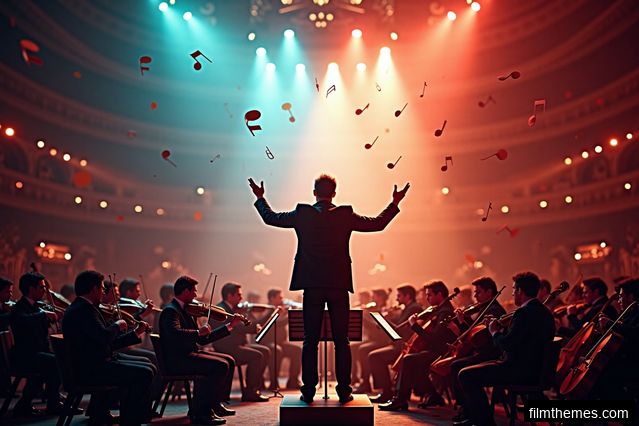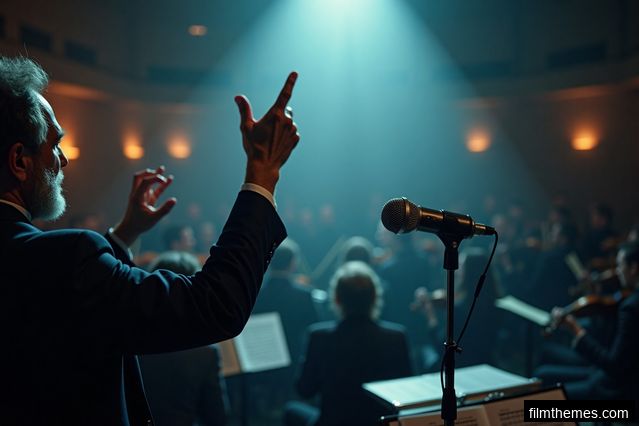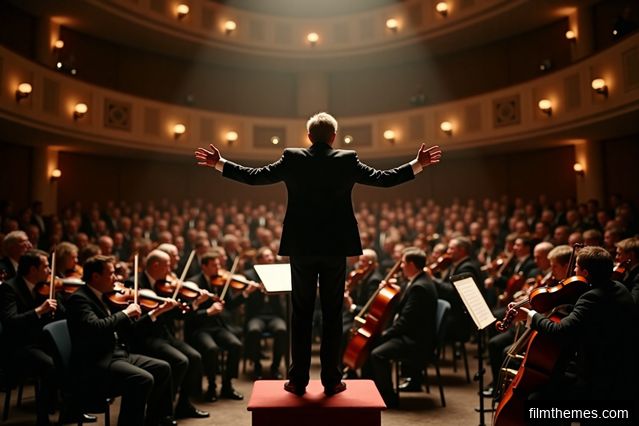The Power of Music in Cinematic Experiences
Music is a powerful tool in the world of cinema, capable of evoking emotions, enhancing storytelling, and creating a lasting impact on audiences. From iconic theme songs to subtle background scores, music sets the tone and atmosphere of a film, guiding viewers through the narrative and heightening their emotional connection to the story and characters. In immersive cinematic experiences, the role of music becomes even more crucial, as it works hand in hand with sound effects to transport audiences into the world of the film.
Enhancing Emotional Impact
One of the primary functions of music in immersive cinematic experiences is to enhance the emotional impact of the visuals and dialogue. By carefully selecting and composing music that complements the scenes and characters, filmmakers can intensify the audience's emotional response. Whether it's a suspenseful chase sequence, a heartfelt conversation, or a breathtaking action scene, the right musical score can amplify the tension, evoke empathy, and make the experience more memorable.
The Role of Sound Effects in Immersive Cinematic Experiences
While music sets the overall mood and emotional tone, sound effects bring the world of the film to life. From the subtle rustling of leaves to explosive crashes and booming explosions, sound effects create a realistic auditory experience that immerses viewers in the cinematic world. Just like music, sound effects play a vital role in enhancing storytelling, heightening tension, and providing crucial sensory cues that help audiences connect with the on-screen events.
Creating Spatial Awareness
Spatial awareness is essential in immersive cinematic experiences, as it allows audiences to feel present in the on-screen environment. Sound effects play a significant role in creating this sense of presence by simulating realistic audio cues. For example, the sound of footsteps approaching from behind, the distant echoes of a character's voice, or the immersive surround sound of a battle scene all contribute to the audience's spatial understanding and engagement with the film.
The Harmonious Collaboration of Music and Sound Effects
When music and sound effects work together seamlessly, they create a powerful and immersive cinematic experience that engages all the senses. The collaboration between composers, sound designers, and filmmakers is crucial in achieving this level of synergy. By understanding the emotional beats and narrative arcs of the film, composers can compose music that complements the sound effects and vice versa. This collaboration ensures that the auditory elements of the film enhance and elevate the storytelling, creating a cohesive and captivating immersive experience for the audience.
The Art of Balancing
Achieving the perfect balance between music and sound effects is key to creating a successful immersive cinematic experience. While music sets the emotional tone, sound effects provide the necessary realism and spatial awareness. Filmmakers must carefully consider the placement and volume of each element to avoid overwhelming or overshadowing one another. This delicate balancing act ensures that the audience can fully immerse themselves in the film without being distracted or disoriented by conflicting auditory cues.








